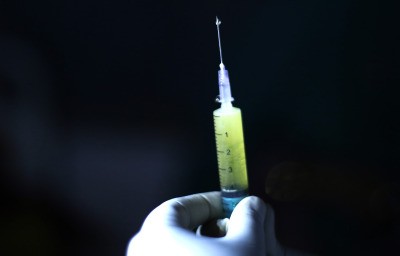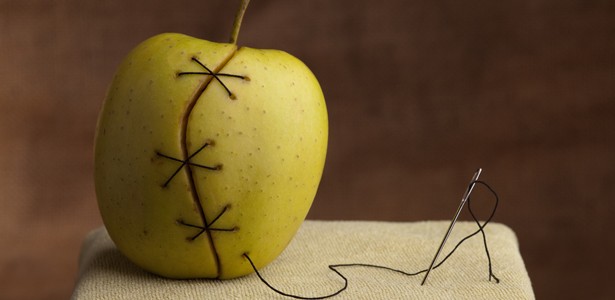
You are what you eat– it's a saying that's always reminded us to be conscious about what we consume.
But as more genetically engineered foods hit grocery store shelves and a dearth of research into the effects of GMOs are published — consumers and environmentalists are finding that age-old saying increasingly disturbing.
GMOs are becoming a worldwide concern with several countries banning them altogether. These moves are making more people take a second look at what they're eating.
Indeed, taking a gene from a soil bacterium (Bacillus thuringiensis – Bt) that produces a natural pesticide and injecting that gene into the DNA of a soy plant, is hardly Mother Nature’s way of hybridising plants. But does that have anything to do with whether it’s actually risky? No. Scientifically, whether something is a risk depends on whether it is physically hazardous, in what ways and at what dose, and whether we’re exposed, at what age and how often. A radioactive particle in your lungs can cause cancer whether the particle came from the natural breakdown of uranium in the soil, which produces natural radon gas, or from a nuclear power plant accident. But risk perception research has found that natural risks don’t feel as scary as the the equivalent man-made risks.
Please Read this Article at NaturalBlaze.com





Leave a Reply